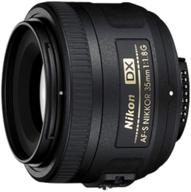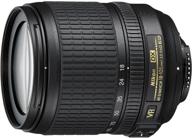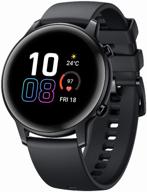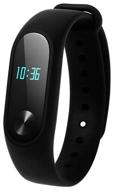
Review on Olympus M Zuiko Digital F1 8 Fisheye by Sean Florence

I shouldn't love this lens as much as I do!
This could be quite a long review. Disclaimer: I had a 4/3 SLR in 2006 and wanted a Panasonic 8mm. 3.5. It had autofocus and was a fisheye! I was a student at the time and could never justify it. This lens completes a journey that began when I longed for a Panasonic. One of the great things about Micro Four Thirds is that adjustable manual focus lenses (both standard and custom mounts) are available and affordable! In 2013 I bought a Rokinon/Samyang/Bower f3.5 7.5mm lens for my MFT camera; it was wonderful! I started taking 360° panoramas very easily (and only 5 or 6 pictures!). It was a brilliant, artistic, small, durable lens, and affordable too! It was built like a tank! I felt like I could drop the camera and the lens would definitely survive, but it was manual focus. I left the Rokinon and enjoyed the fisheye photography, skipping a frame or two every now and then because zoom focusing is quite difficult with this lens. But I liked it! To Olympus! As a true "adult" I was recently able to justify the gigantic purchase of an Olympus 8mm f1.8! Yes, 1.8! My biggest fear was that it would only be marginally better than the Rokinon and I would feel like I've spent over $800 on incremental improvements. On paper, my concerns are valid; Really, there's nothing to worry about as the user experience more than makes up for it! First, this lens is larger and heavier than the Rokinon. This is an obvious downside, but the second moment more than makes up for it! Secondly, Olympus has an aperture of f1.8. With an 8mm lens, the shallow depth of field problem (yes, it's a problem, despite what full-frame fanatics would have you believe) isn't that big of a deal. For example, the Panasonic Nocticron at f1.2 is virtually useless for anything other than a direct studio shot when you're closer than 10ft. There's just nothing in focus! But there's a lot in focus with this 1.8-inch fisheye, even at 8-10 feet. Also, f1.8 is insanely fast/bright for a fisheye. In principle, I can shoot indoors at ISO 400 instead of ISO 1600 - this is important for the (comparatively) noisy MFT sensor. Third, autofocus (especially when it's that fast) is great for fisheye! It just changes the way you use the lens. I can now fish eye photograph cats for my local rescue, which is almost impossible with the Rokinon due to the shy nature of the caged foster cat and the Rokinon's not-so-wide f3.5 aperture. Now I can take bright, high-key shots of my kids with ISO 200 in focus. Children never sit still and you always have to refocus right before you shoot - the Olympus autofocus on this lens handles that with ease. I almost never lose a big hit because it's soft. A common problem is forgetting the Rokinon at 0.25m and then trying to take a landscape shot; I've lost too much with this type of problem and it's just not a problem anymore. Last but not least: It is built like a tank and weatherproof. Okay, weatherproofing is an odd point because I don't have a weatherproof case and I don't let my $800 lens get water splashed, but it's nice to have one. However, it is a very durable lens with a comfortable focus ring. I work for a user experience design agency. Our daily task is to think about how the user feels when using the website or when going through the registration and entry process for a conference/seminar. When I use this lens I just feel like it's right and all I have to do is frame the frame and capture the moment. Sometimes I remove it (partially) in Lightroom, but other times it stays in the full fisheye perspective. This lens is NOT the most practical lens, but most of the time my favorite shots are taken with it.
- Minimum working distance 2.5 cm from the end of the lens
- It's hard to remember, but it was
New products
Comments (0)
Top products in 👓 Lenses

Nikon 35mm f/1.8G Auto Focus Lens for Nikon DSLR Cameras - Black (Model 2183)

125 Review

New Nikon 18-105mm Vibration Reduction 📷 Zoom Lens with Auto Focus for Nikon DSLRs

104 Review

Canon EF 50mm f/1.8 II Fixed Lens - Discontinued by Manufacturer

93 Review

Nikon 50mm f/1.8D Lens: Perfect for Nikon DSLR Cameras!

97 Review






